Diesel cycle, Otto cycle and Dual Cycle
Diesel cycle
The Diesel cycle is a thermodynamic process that is commonly used in diesel engines for internal combustion. It operates on the principle of constant pressure combustion and consists of four distinct processes: intake, compression, combustion, and exhaust.

1-2 In this process suction takes place
2-3 (Adiabatic process) In this process compression takes place. Both the inlet and exhaust valves are closed and the compression takes place which is much higher than that of an otto cycle. This increases the pressure and temperature.
3-4 (Isobaric process) In this process, fuel is added, and combustion occurs due to high temperature, while maintaining a constant pressure because the volume is also increasing.
4-5 (Adiabatic process) In this process expansion takes place, due to combustion the piston moves from TDC to BDC and power is generated.
5-2 (Isochoric process) In this process, heat rejection is taking place at constant volume.
Compression ratio is 14 to 22.
Efficiency of diesel cycle is
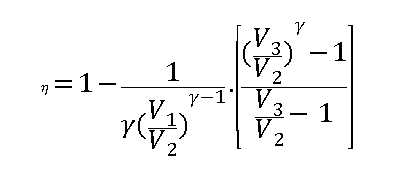
Otto cycle
The Otto cycle, also referred to as the spark-ignition cycle, is the fundamental thermodynamic cycle used in petrol engines. It operates on the principle of constant volume combustion and consists of four processes: intake, compression, combustion, and exhaust.
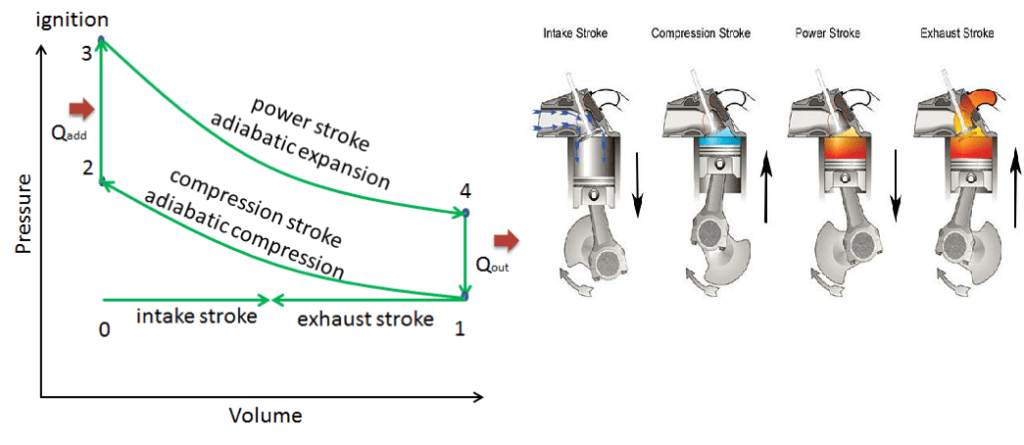
1-2 (Adiabatic process): In this process compression takes place, as the piston moves from BDC to TDC increasing its temperature
2-3 (Isochoric process): In this process, ignition is taking place, combustion happens when the piston is at TDC and pressure increases at a constant volume.
3-4 (Adiabatic process): In this process expansion is taking place, the heat produced due to the combustion pushes the piston down which rotates the crankshaft.
4-1 (Isochoric process): In this process, heat rejection is taking place at constant volume.
The compression ratio of the otto cycle is 8 to 12.
The efficiency of otto cycle is
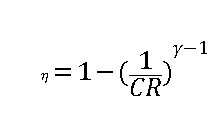
Dual Cycle
The dual cycle is a combination of the Diesel cycle and Otto cycle, incorporating elements of both processes. Some advanced internal combustion engines employ it to achieve improved efficiency and performance, as seen in ship engines. The dual cycle consists of five processes: intake, compression, combustion, expansion, and exhaust.
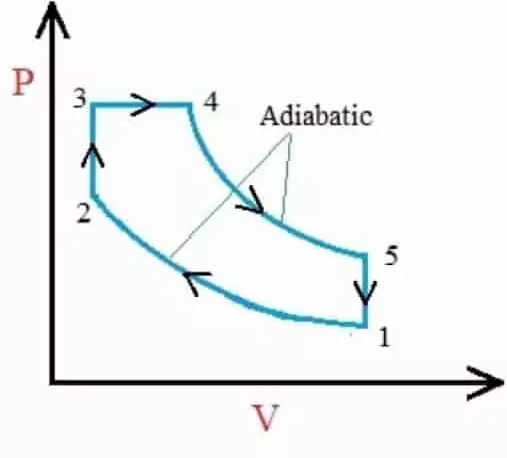
1-2 (Adiabatic process) In this process compression takes place when the piston is going from BDC to TDC.
2-3 (Isochoric process) In this process fuel injection takes place when the piston is at TDC and suddenly the pressure increases at constant volume.
3-4 (Isobaric process) In this process, the engine adds fuel after reaching top dead center (TDC), while the piston descends, causing an increase in volume while maintaining constant pressure.
4-5 (Adiabatic process) In this process, the piston undergoes expansion, moving from top dead center (TDC) to bottom dead center (BDC), and generates power.
5-1 (Isochoric process) In this process heat rejection takes place at constant volume.
Difference between Otto cycle and Diesel cycle:
| Otto cycle | Diesel cycle |
| 1. Otto cycle has low thermal efficiency | 1. Diesel cycle has high thermal efficiency |
| 2.It has low compression ratio | 2. It has high compression ratio |
| 3. It is also called constant volume cycle | 3. It has constant pressure cycle |
| 4. Explosion takes place at a constant volume | 4. Explosion takes place at a constant pressure |
| 5. Fuel used is petrol | 5. Fuel used is diesel |
| 6. The mixture of air and fuel is entered during the suction stroke | 6. There is only air entering |
| 7.Fuel and air mixture enters via carburetor | 7.Fuel enters via fuel injector |
| 8.Spark plug is used for ignition | 8. Auto-ignition takes place |
Which cycle is used on Ship?
The dual cycle is used because it is more efficient than other cycles, such as the Otto cycle or the Diesel cycle, which are also commonly used in engines.
The dual cycle combines elements of both the Otto cycle and the Diesel cycle to create a more efficient cycle. During the dual cycle, the fuel is first compressed, like in a Diesel cycle, but then ignited by a spark, like in an Otto cycle. This allows for a more complete combustion of the fuel, which results in a higher efficiency.
Note:
If you want to learn more about this topic, we suggest checking out our Combo package with the given link https://www.merchantnavydecoded.com/courses/c/ . It’s a great way to dive deeper into the subject through video explanations. This package covers all the important details and presents them in an easy-to-understand format. Watching the videos will help you grasp the topic better and make learning more enjoyable. So, we highly recommend giving our Combo package a try to enhance your knowledge on the subject.
Disclaimer :- The opinions expressed in this article belong solely to the author and may not necessarily reflect those of Merchant Navy Decoded. We cannot guarantee the accuracy of the information provided and disclaim any responsibility for it. Data and visuals used are sourced from publicly available information and may not be authenticated by any regulatory body. Reviews and comments appearing on our blogs represent the opinions of individuals and do not necessarily reflect the views of Merchant Navy Decoded. We are not responsible for any loss or damage resulting from reliance on these reviews or comments.
Reproduction, copying, sharing, or use of the article or images in any form is strictly prohibited without prior permission from both the author and Merchant Navy Decoded.

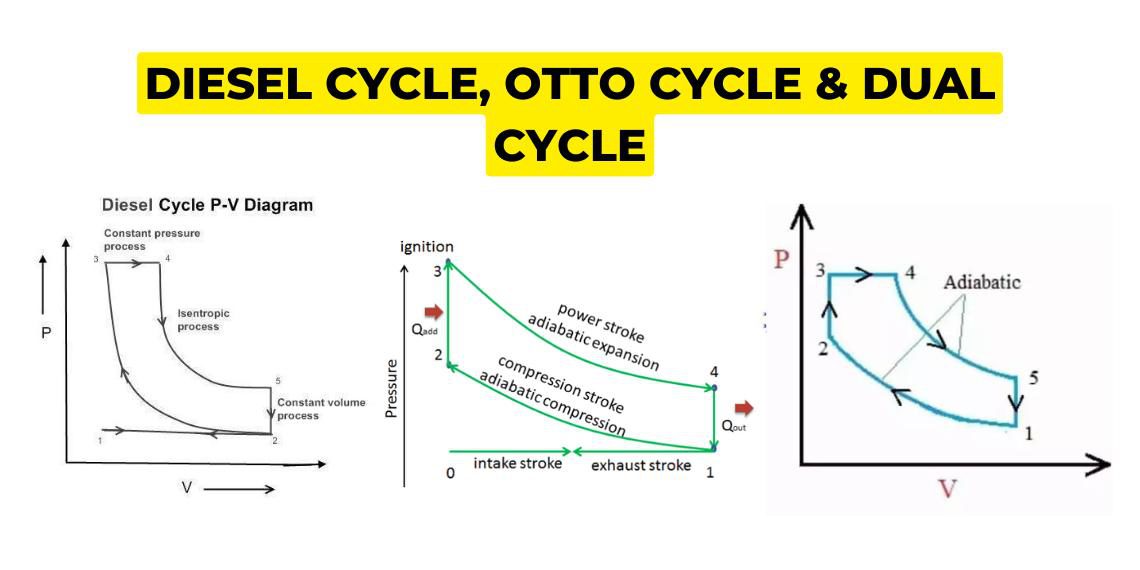


Short and informative.